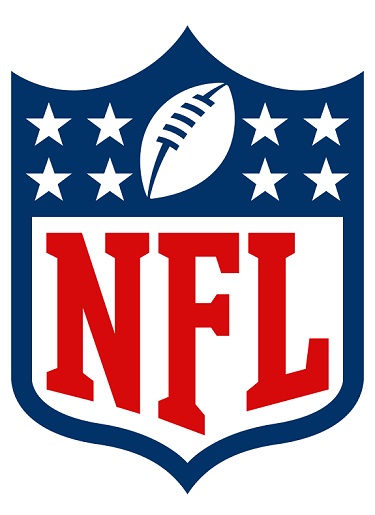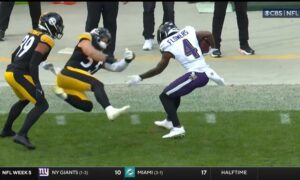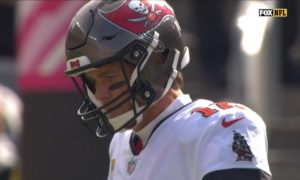At the forefront of the field of research into the study of chronic traumatic echephalopathy, better known as CTE, is one very basic, pragmatic question: is it possible to determine that a living patient has suffered CTE? To date, while there has been progress, there is no scientifically valid method of proving beyond a reasonable doubt in a living brain that CTE has occurred.
That is not to say that there are no tell-tale signs that researchers and doctors have found over the years in studying those with CTE. Through MRI scans and symptoms analysis, among other methods, we are learning to identify with accuracy CTE in living patients, as verified in the postmortem.
It is in part because of this success that many athletes have begun taking the step of choosing to donate their brain to science. Many of these athletes are those who believe that they are suffering from CTE in their post-playing careers and would like confirmation as validation, even if they themselves are not around to learn the truth.
Warren Sapp recently made news in an article that he wrote for The Players’ Tribune in which he revealed that he believes that he is suffering from CTE and has committed to donating his brain for research after death.
I’ve also started to feel the effects of the hits that I took in my career. My memory ain’t what it used to be. And yeah, it’s scary to think that my brain could be deteriorating, and that maybe things like forgetting a grocery list, or how to get to a friend’s house I’ve been to a thousand times are just the tip of the iceberg. So when it comes to concussions, CTE and how we can make our game safer for future generations, I wanted to put my two cents in — to help leave the game better off than it was when I started playing.
While science may not have a definitive way to diagnose CTE in living patients just yet, however, a rather consequential ruling just recently came down for one former player. Jesse Solomon played for nine seasons in the NFL for five different teams from 1986 to 1994. He sued the NFL-NFLPA’s Disability Plan—and won.
Solomon and his representatives argued that he was entitled to disability payments as a result of the injuries that he sustained over the course of his playing career, which were described in the judge’s ruling as “CTE-related disability” and CTE injuries”, according to Pro Football Talk.
The judge ruled in Solomon’s favor, and in so doing may have just set a legal precedent, grounds on which other players can argue that they are entitled to benefits while living under the supposition that they are, as determined through symptoms diagnosis and other means, suffering from CTE.
This is awfully important, given that the lawsuit against the NFL that just recently began handing out settlements to retired players ruled that players could not receive payments for CTE in their lifetimes because it is undiagnosable.
The settlement is one that is designed to be revisited every 10 years. I am curious to see how the research, and the discussion around it, evolves, and whether or not payments for living patients believed to be suffering from CTE will be compensated. Just to be clear, this lawsuit is an entirely separate issue from the aforementioned Disability Plan. And this is a legal precedent, not a scientific one.








